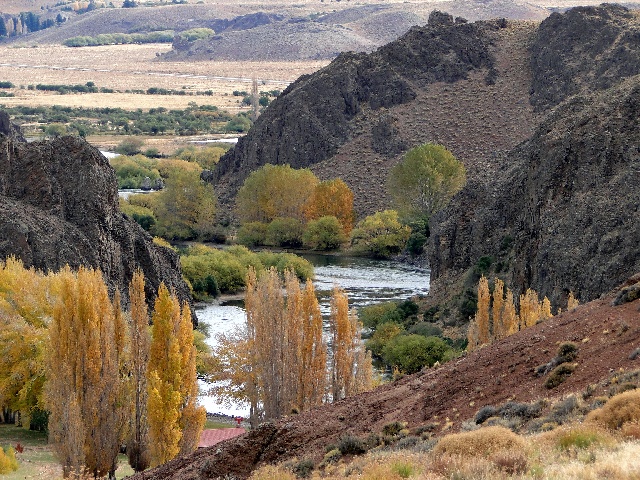A wide range of climates
Bariloche and surroundings have a continental cool climate with a dry season. The temperatures and rainfall can be quite different within the National Park area. They vary greatly from the colder wetter West of the Chilian border to the dryer hotter East of the Limay River.
The temperature goes down considerably from the foot of the mountains (Bariloche) to the summits. These climate changes combined with the difference in soils and topography, imply vast changes in the vegetation and fauna.
Summer, fall, winter and spring
During summer, the days are warm and sunny, with cooler nights, little rain and mostly winds from the Southwest. The days are long with sunlight until 10:00 pm. The average temperature is 18 C (64 F), with maximums of 27 C (80 F)and minimums of 9 C (48 F).
In autumn, the days are much fresher with cold nights. Autumn is usually considered the rainy season, but it is not unusual for the wind to blow from the East with cold and dry weather.
Autumn can be spectacular and colorful with dominant gold and brown colors. In winter, the temperature declines strongly and snow falls; the average temperature is two degrees centigrade (36 F), with a range of -10 C (14 F) and 8 C (46 F).
In spring the days are cool and but increasingly long. While the temperature slowsly rise, rainfall diminishes. The nights are cold and the days are fresh. Temperatures vary between 7 C (45 F) and 20 C (68 F) towards the end of spring
Lake temperatures
The lake water temperature is always cool (12 to 15 C or 54 to 59 F) The large volume of deep snow fed lake water takes a long time for the sun s influence to increase temperatures. This is why there is only a few degrees difference in temperature between summer and winter. Some small lakes in very cold winters can freeze over.










